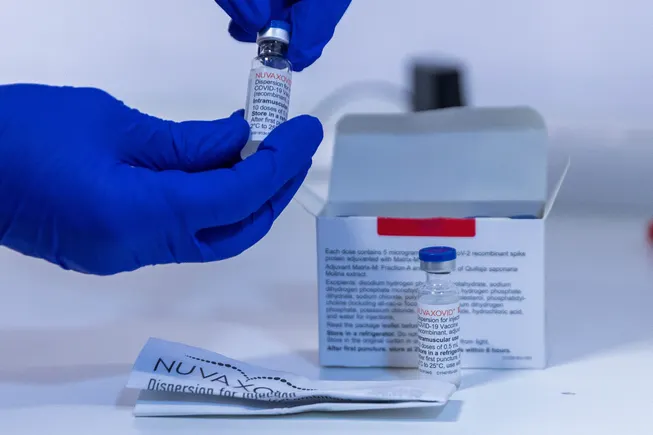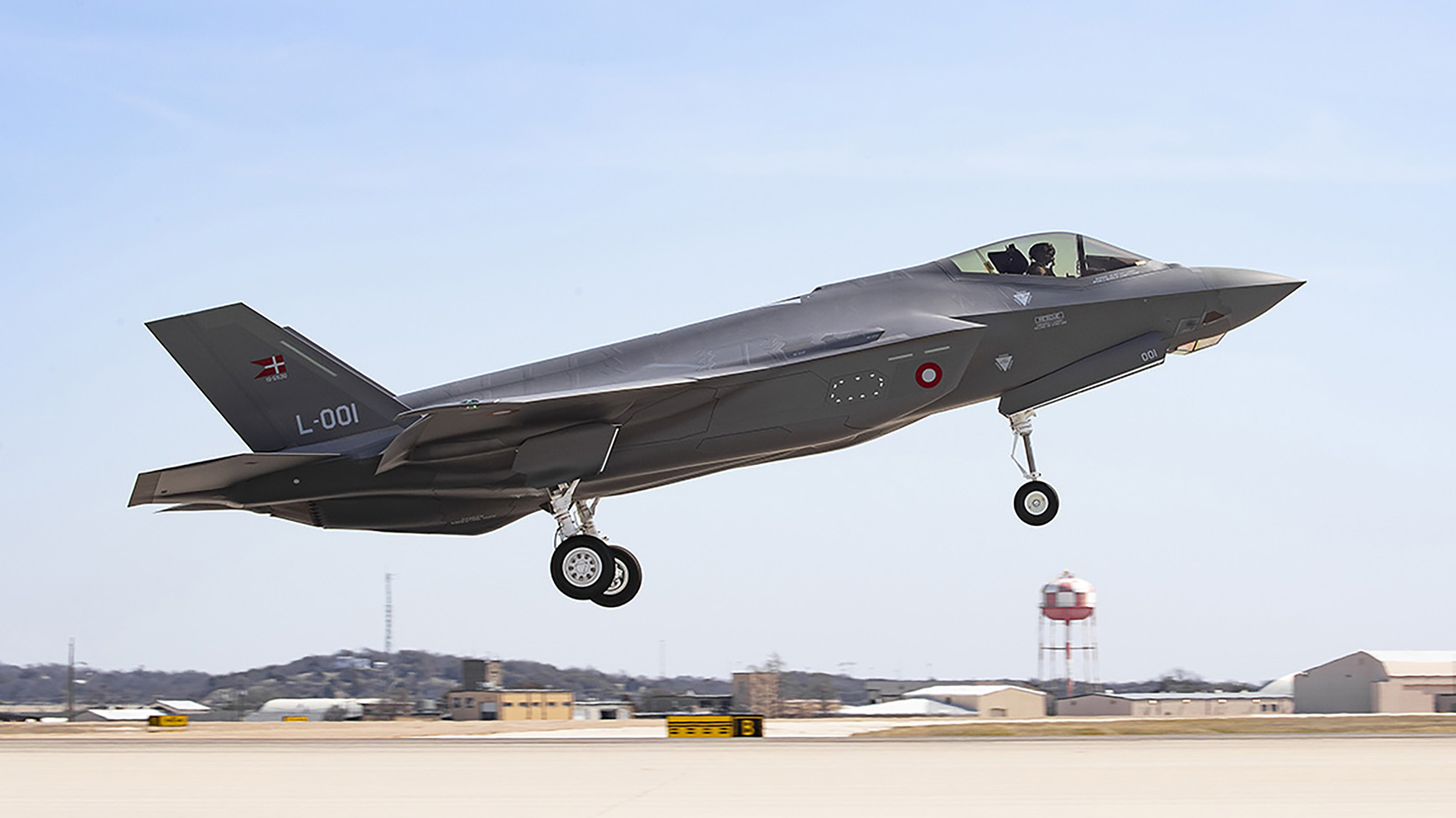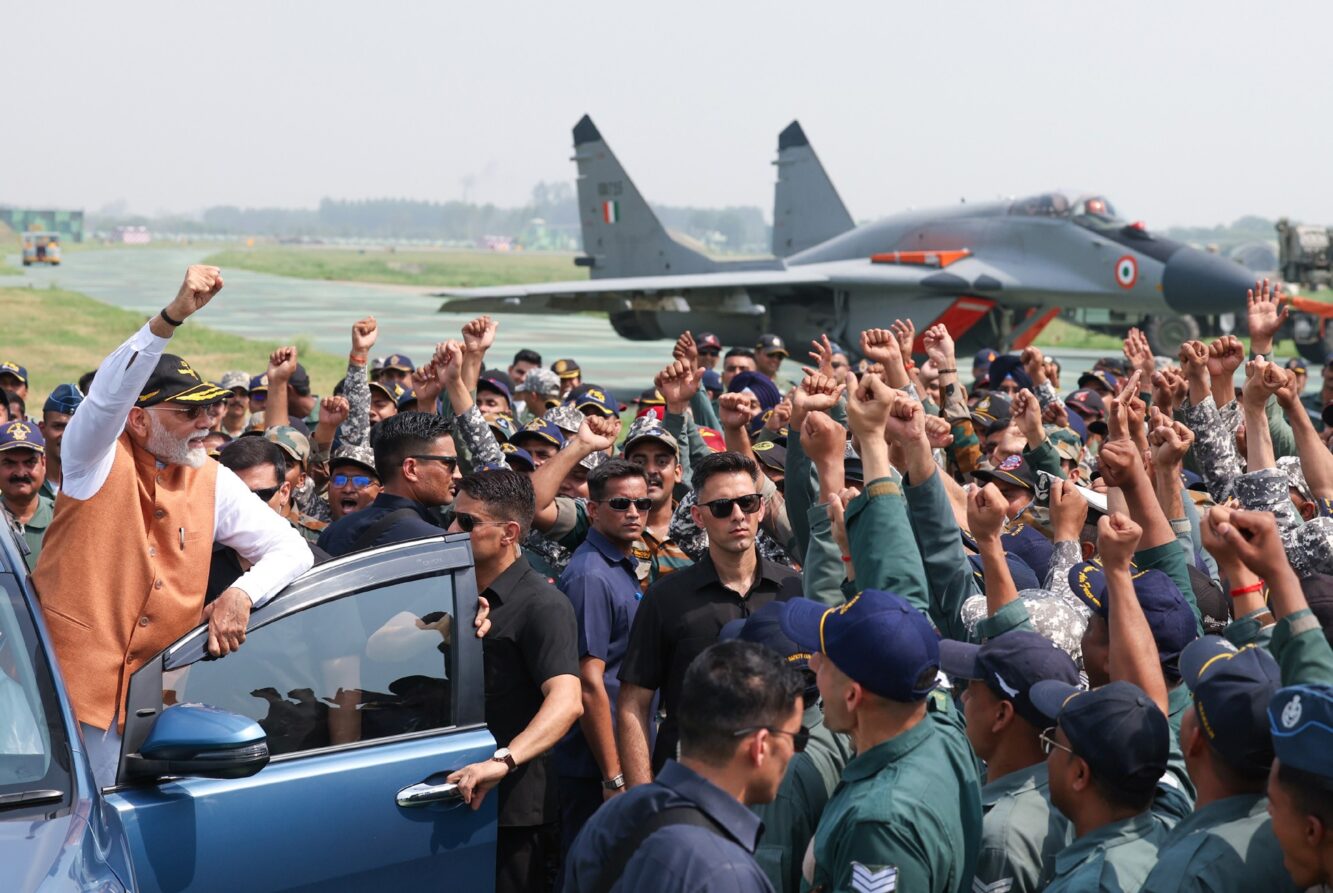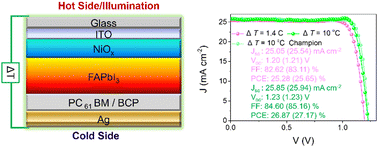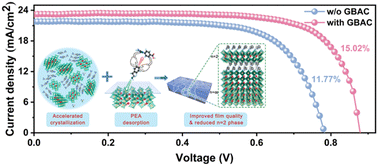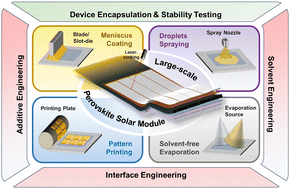NATO aims to bolster investments in space, intelligence sharing
“[I]ncreased situational awareness in the space domain is absolutely essential for NATO allies,” Maj. Gen. Paul Lynch, deputy assistant secretary general for intelligence on NATO’s military staff, said today.


A U.S. Air Force Tactical Air Control Party Airman from the 435th Air Ground Operations Wing, sets up satellite communication at Rovajarvi firing range, Finland, March 6, 2025. (U.S. Air Force photo by Airman 1st Class Trevor Calvert)
GEOINT 2025 — NATO is working to up its game when it comes to intelligence gathering and sharing, in particular increasing investment in space capabilities, a senior alliance official said today.
“We’re improving our intelligence capabilities and investments in space and at sea,” Maj. Gen. Paul Lynch, deputy assistant secretary general for intelligence on NATO’s military staff, told the annual GEOINT conference in St. Louis, Mo.
Lynch, who serves in Britain’s Royal Marines, said that the 32 NATO members are working to establish better “intelligence gathering capabilities and situational awareness across all five domains” — air, land, sea, space and cyberspace. However, he stressed, there is a current emphasis on utilizing and, importantly, protecting space assets.
“NATO must continue to maximize its ability to leverage capabilities from space while also delivering security to space. Space technology is essential to the alliance’s deterrence and defense. We all understand the fact that space underpins NATO’s ability to do many things, navigate and track forces, robust communications, detect missile launches, assure effective command and control, and the list goes on,” he said.
“As a result of this, increased situational awareness in the space domain is absolutely essential for NATO allies,” Lynch stressed.

Maj. Gen. Paul Lynch, head of intelligence planning at NATO’s Military Committee (third from left, front row), chaired the annual meeting of NATO’s Joint Intelligence and Security Division (JISD) on May 5, 2025.
NATO now is implementing two key initiatives: the “Allied Persistent Surveillance from Space or APSS,” program, and the Strategic Space Situational Awareness System,” known as 3SAS, he said.
APSS was launched in 2023 in response to lessons learned about the value of remote sensing satellites in Ukraine, with 17 member nations pledging to share data from their national surveillance satellites via a “virtual” constellation, as well as to jointly fund acquisition of commercial imagery and intelligence, surveillance and reconnaissance products such as 3D maps. The group last summer signed a memo to begin implementing the program, which it has dubbed Aquila, with a total contribution of $1 billion, and APSS signed a first contract with remote sensing firm Planet in August.
The 3SAS program at NATO Headquarters kicked off last spring with an initial contribution by Luxembourg of €6.7 million ($7.5 million).
“These are really great examples of the innovative work that NATO is doing to integrate the space domain into its capabilities development and maintain its information superiority within this domain,” Lynch said.
Closely coupled with NATO’s space efforts, the alliance also is working to update its information and communications infrastructure, he said.
“As part of our digital transformation, we will ensure that the system architecture that underpins NATO intelligence is under is modernized further, and our focus will be on baking in security by design. I know we often talk about the willingness to share intelligence, but to do this, we must have the most efficient and secure means to share,” Lynch said.
“All the work in train aims to transform NATO into an all domain-enabled alliance with data centricity at its heart. This is why the work on a federated NATO intelligence systems architecture well as federated intelligence production remain key priorities,” he added.
Lynch said that another current focus for allies in improving maritime security.
“NATO is working hard to protect our critical underwater infrastructure,” including key underwater cables that carry telecommunications and internet traffic.
“The sea serves as a conduit for energy supplies, particularly natural gas and oil, and supports key underwater cables that transmit data between Europe and North America and far beyond. These elements are crucial, not only for our economies, but also for the security of NATO allies and partners,” Lynch explained.
“We are continuing to invest in the latest technologies to detect and minimize the threats to undersea infrastructure, this includes artificial intelligence, specialized solar systems, uncrewed underwater vehicles, and advanced sensors that provide real time intelligence on underwater activity,” he said.
For example, Lynch mentioned the new Baltic Sentry program, launched in January by NATO’s Allied Command Operations to send routine patrols into the Baltic Sea to address potential threats and deter state destabilizing activities.”







































































